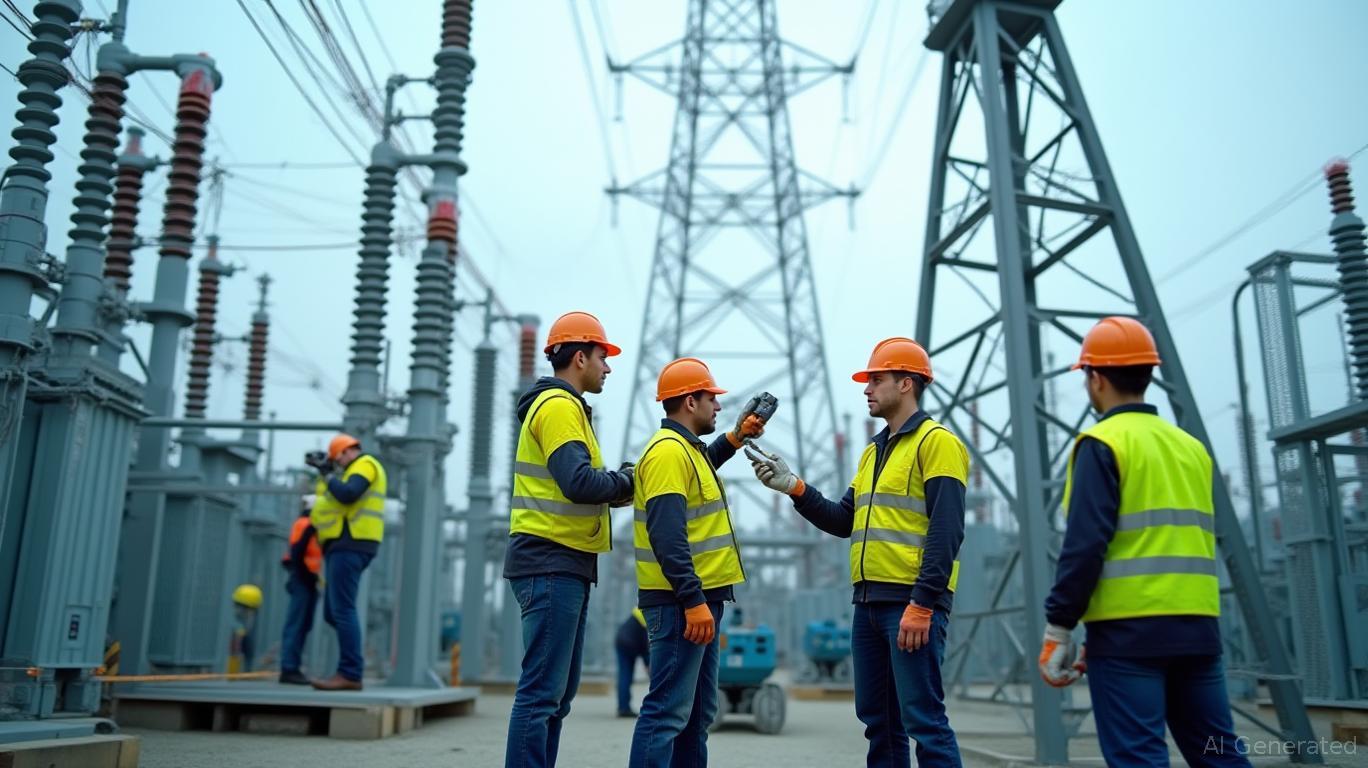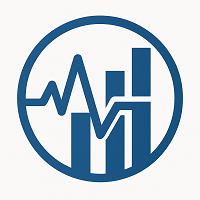Gridlock to Gridlock: How Infrastructure Failures Signal the Dawn of Resilience Investing
The recent power outages in Adams County, Pennsylvania, which left over 9,000 customers without electricity for days during a record-breaking heatwave, underscore a stark reality: America's aging grid infrastructure is failing to keep pace with climate-driven risks and modern energy demands. What began as a localized transformer failure at Met-Ed's Germany Substation soon spiraled into a crisis exacerbated by extreme heat, highlighting systemic vulnerabilities. For investors, this incident is not an isolated event but a harbinger of a broader trend—a wake-up call to prioritize investments in grid modernization and energy resilience. The case for resilience investing is no longer theoretical; it is urgent, and the stakes could not be higher.
The Adams County Outage: A Microcosm of Systemic Risk
On June 22, 2025, a transformer failure at Met-Ed's Germany Substation triggered an outage that swelled to 9,000 customers within hours. Compounded by a fire at a second substation in Tyrone Township, the crisis persisted for over a week. The outage's severity was amplified by a heatwave peaking at 101°F, straining power systems and water supplies reliant on electric pumps. Cooling centers were overwhelmed, businesses shuttered, and vulnerable populations faced life-threatening conditions. Met-Ed's delayed response—dependent on transporting mobile transformers from distant regions—exposed the fragility of a grid built on mid-20th-century infrastructure.
This incident is emblematic of a larger problem. The U.S. grid, averaging 30 years old, was designed for a climate and energy landscape that no longer exists. Aging substations, overburdened transmission lines, and outdated control systems are increasingly inadequate to handle extreme weather, rising energy demand, and the integration of renewables like solar and wind. The result? Longer outage durations, higher costs, and growing risks to public safety.
The Call for Grid Modernization: From Scarcity to Opportunity
The Adams County outage has crystallized the need for urgent grid upgrades. Utilities like
, which owns Met-Ed, are already responding. Under its $26 billion Energize365 initiative, FirstEnergy is deploying advanced technologies such as SCADA-enabled automated switching devices to isolate faults and restore power faster. In Adams County alone, 53 such devices are being installed to serve 4,760 customers, reducing outage durations by up to 30%.Investors should take note: utilities with proactive modernization strategies are gaining a competitive edge. FirstEnergy's stock, for instance, has outperformed peers as its investments in smart grid infrastructure reduce operational risks and regulatory penalties. Yet, the opportunity extends far beyond traditional utilities.
The Resilience Investment Playbook: Companies Leading the Charge
The grid's transformation requires more than incremental upgrades—it demands innovation. Below are key players positioned to capitalize on this shift:
ConnectDER (Philadelphia)
Specializing in distributed energy resource (DER) integration, ConnectDER's smart meters enable utilities to manage customer-owned assets like solar panels and EV chargers. Its “plug-and-play” platform is critical for grid stability in regions like Adams County, where solar adoption is rising.CorePower Magnetics (Pittsburgh)
Their advanced magnetic components—reducing power loss by 50%—are vital for high-efficiency substations. As utilities like Met-Ed upgrade aging transformers, CorePower's tech could cut downtime during repairs.Bentley Systems (Exton, PA)
A leader in digital twin technology, Bentley's iTwin platform allows utilities to model grid resilience under climate scenarios. Its work with Pennsylvania's SABESP on water infrastructure modernization highlights its scalability for energy systems.Itron (Washington)
With 2 million smart meters deployed across Pennsylvania since 2014, Itron's data-driven solutions are foundational to grid visibility. Its partnership with FirstEnergy positions it as a beneficiary of $153M in grid upgrades under LTIIP II.

Why Now? Regulatory Tailwinds and Investor Sentiment
The business case for resilience investing is bolstered by three forces:
- Regulatory mandates: Pennsylvania's $15M Grid Resilience Grants (PA GRG) and federal funds from the Infrastructure Investment and Jobs Act are accelerating modernization.
- Climate risk disclosure: Investors are demanding transparency on utilities' climate preparedness, favoring firms like FirstEnergy with clear modernization roadmaps.
- Consumer demand: 80% of U.S. households rely on electric water pumps, as seen in Adams County. Outages translate to lost trust and revenue—pressures utilities cannot ignore.
The Investment Thesis: Where to Deploy Capital
For investors, the resilience theme spans sectors:
- Utilities: Utilities with modernization pipelines (e.g., FE) and clean energy integration (e.g., NextEra Energy) are defensive plays.
- Smart grid tech: Firms like Itron (ITRI) and Bentley Systems (BSY) offer growth through infrastructure upgrades.
- ETF exposure: The Invesco S&P 500 Equal Weight Utilities ETF (RYU) or iShares U.S. Utilities ETF (IDU) provide diversified access.
Risks and Realities
Critics argue grid modernization is capital-intensive and slow to monetize. True—but the alternative is worse. Unaddressed, infrastructure failures will erode utility valuations through penalties, lost revenue, and stranded assets. The Adams County outage cost Met-Ed's parent, FirstEnergy, millions in customer reimbursements and reputational damage.
Conclusion: The Grid's Last Mile
The Adams County crisis is a turning point. It has laid bare the cost of inaction and illuminated the path forward: a grid hardened against climate extremes, powered by smart tech, and governed by resilient design. For investors, this is not a bet on “if” but “when.” Utilities and tech firms leading the modernization race are positioned to thrive in a world where resilience is not optional—it is existential.
The era of gridlock is ending. The question now is: Are you investing in the future or the past?
Sign up for free to continue reading
By continuing, I agree to the
Market Data Terms of Service and Privacy Statement

Comments
No comments yet